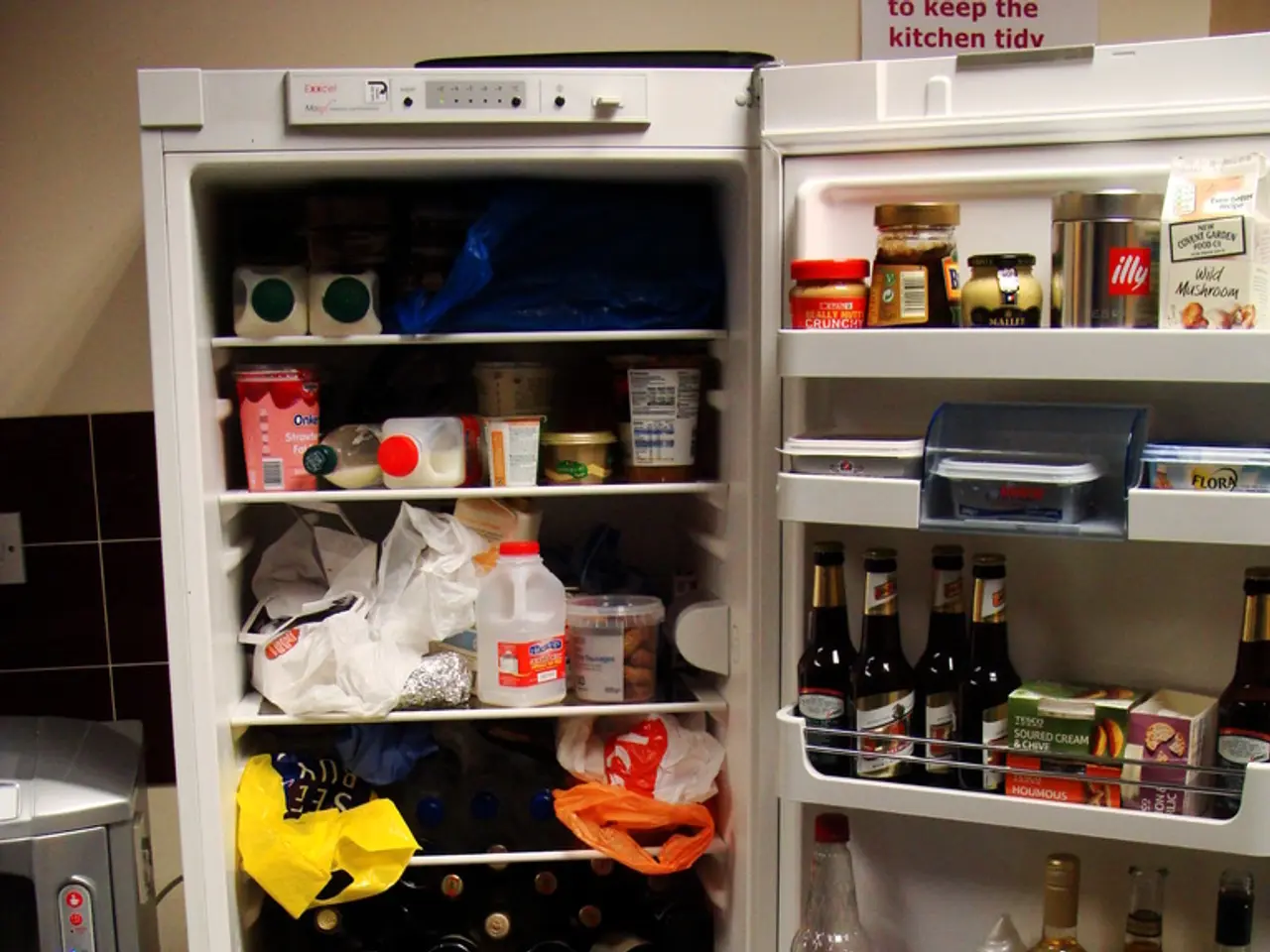Exploring Energy Transfers in Chemical Reactions: An Overview of Exothermic and Endothermic Processes via Thermodynamics
In the realm of chemistry, understanding the intricate dance of energy is essential to comprehending various chemical processes. Two fundamental types of reactions govern this energy exchange: exothermic and endothermic reactions.
Exothermic reactions, a core concept in chemistry, release energy primarily in the form of heat, and can be observed in everyday processes such as combustion and respiration. Conversely, endothermic reactions absorb energy, often in the form of heat, and can be seen in processes like photosynthesis, melting ice, and baking bread.
The science of measuring heat transfer during these reactions is known as calorimetry. By understanding energy changes in both endothermic and exothermic reactions, scientists can gain valuable insights into how these reactions occur under different conditions. Calorimetry helps determine how much energy is released or absorbed during a reaction, providing a means to calculate the amount of heat transfer.
Thermodynamics, the study of energy and its transformations, plays a crucial role in understanding energy flow in various systems, particularly in chemistry. Thermodynamics offers clues about the overall system environment, with a significant temperature drop possibly signaling an endothermic process and a quick rise in temperature suggesting an exothermic reaction.
The concept of a system and its surroundings is fundamental in understanding thermodynamics. Energy transfer between a system and its environment plays a crucial role in chemical reactions, with exothermic reactions releasing heat into the surroundings, making them warmer, while endothermic reactions absorb heat, leading to a decrease in temperature.
Understanding the differences between exothermic and endothermic reactions helps in predicting how systems behave during various chemical reactions. For instance, industries and processes such as chemical manufacturing, energy extraction, and industrial synthesis benefit greatly from this knowledge. Urea production, for example, involves exothermic reactions, while methane hydrate decomposition involves endothermic processes.
Reaction kinetics, the study of how fast chemical reactions occur, also plays a role in understanding these energy-related processes. Changes in temperature significantly affect the rate of reactions, with higher temperatures generally leading to quicker reaction rates due to increased energy of molecules.
Enthalpy, a fundamental concept in chemistry, represents the total heat content of a system. Its role is crucial in understanding how energy transfers occur during various processes. A change in enthalpy shows whether a reaction is exothermic or endothermic, providing a valuable tool for predicting the energy changes during reactions.
In conclusion, understanding exothermic and endothermic reactions provides insight into how energy behaves in different scenarios, impacting numerous processes, from cooking food to powering devices. Calorimetry, thermodynamics, and reaction kinetics are essential tools in the study of these reactions, offering experimental data that can confirm theoretical models and help evaluate the energy efficiency of processes.
Read also:
- Understanding Hemorrhagic Gastroenteritis: Key Facts
- Stopping Osteoporosis Treatment: Timeline Considerations
- Tobacco industry's suggested changes on a legislative modification are disregarded by health journalists
- Expanded Community Health Involvement by CK Birla Hospitals, Jaipur, Maintained Through Consistent Outreach Programs Across Rajasthan








